Baby changing pads are an essential part of every nursery, but like crib mattresses, they can surprisingly be full of toxins. Make sure you choose a changing pad made of safe materials to give your baby a healthy environment!
I know some parents decorate the baby’s nursery, get it stocked up with diapers and wipes, all the cute decor, and then forget one of the most crucial items: the changing pad!
Newborns often need ten diaper changes per day, so you’ll definitely want the right tools in your arsenal. Trust me when I say that you’ll need a baby changing pad. It’s completely tempting to use a blanket or towel for diaper changes. But one day, your baby will turn into a wiggle worm, leaving you with a big mess on your hands!
The Best Organic Changing Pads
Lucky for us all, the market is full of organic and safe changing pads for babies. You won’t have trouble finding one that meets your budget and health standards for your baby! Here’s a list of some of the best products available today to make your decision a bit easier.
1. Naturepedic Organic Cotton Changing Pad
Buy on Naturepedic | Target | Albee Baby
Made in the USA. Naturepedic makes a nice changing pad that most experienced parents swear by. While the pad is a little expensive, it is considered a worthwhile investment. It provides a firm but comfortable surface for your baby.
Their changing pad is both GOTS-certified and Greenguard Gold certified, so you can be sure that this is a safe product for your baby. They use an organic cotton cover coated in a waterproof, food-grade polyethylene. It is then filled with organic cotton.
This changing pad doesn’t contain any harmful substances, so you will not find latex, soy, GMOs, vinyl/PVC, phthalates, formaldehyde, flame retardants, perfluorinated compounds (PFCs), or polyurethane foam.
And the quality is excellent! The pad is quite durable. I know many moms who have this changing pad and all are very happy with it. It can certainly handle several dozen changes every day and will last for years. It’s also nice that Naturepedic includes a one-year limited warranty.
2. DaVinci Waterproof Changing Pad
Made in Taiwan. If Naturepedic isn’t within budget, DaVinci makes a great alternative waterproof changing pad. With a food-grade polyethylene cover, the changing pad is filled with 100% polyester fibers, making this a decent choice for a baby changing pad.
While polyester is synthetic (derived from petroleum), this changing pad is free of polyurethane foam, chemical flame retardants, vinyl, and PVC. Many parents feel very comfortable with this as a changing pad while others may hesitate. The polyester fill is something you need to decide if you are comfortable with.
What I like about this changing pad is its careful construction. It has a shallow contour to keep the baby comfortable. It’s just shallow enough that even taller babies and toddlers can still be changed using this pad. It’s definitely a good, relatively inexpensive choice!
3. Moonlight Slumber Two-Sided Contoured Changing Pad
Buy on Amazon
Made in the USA. The Moonlight Slumber contoured changing pad has a seamless design! Thanks to the organic cotton cover, the changing pad is so soft your baby might nestle in for a nap during a diaper change!
This changing pad has three layers: the outside of the cover is made of organic cotton. Beneath that layer, is a polyester knit waterproof barrier followed by a plant oil-infused Greenguard Gold certified foam. Again, I’m not crazy about foam or polyester, but it helps that this has an organic cotton cover so that your baby is not in direct contact with the other materials.
And like all recommended baby products, this changing pad is completely vinyl-free, which is especially important if this goes in the nursery.
4. Babyletto Pure Contoured Changing Pad
Buy on Amazon | BuyBuy Baby
Made in China. The Babyletto Pure changing pad uses a food-grade, waterproof triple lamiated polyethylene cover and provides extra-firm padding with polyester filling. Again, with this changing pad, you will need to decide if you’re comfortable with the polyester filling. But know that it’s free of vinyl/PVC and flame retardants.
If you read about this changing pad, you’ll see confusing info saying that the product is designed for Babyletto dressers. It will also fit standard changing tables. Just double-check the dimensions before you purchase!
Like other recommended changing pads, it’s easy to clean and wipe off due to the waterproof polyethylene cover. It is also one of the more affordable changing pads for babies.
What is a Baby Changing Pad?
A baby changing pad is a stationary, clean, and soft surface that sits inside a secure changing topper or tray on your baby’s dresser. Think of it like a diaper changing mat that attaches to a dresser. There are many types of changing pads with different features to consider.
Other Types of Changing Pads
Mom tip: you won’t always have the luxury of changing your baby’s diaper at home.
There will be errands, trips, or even times when you’re at home, but it’s not convenient to run to your baby’s nursery for a diaper change. So, there are a few other changing pads that you might also consider for these times, such as travel diaper changing pads.
What To Look For In a Baby Changing Pad
There are a few different styles and options when it comes to choosing a baby changing pad. And believe it or not, I think this is a more important decision than I initially realized when I was first shopping for a baby changing pad.
Here are a few important things to consider:
Do you want to use a changing tray?
Most changing pads are rectangular and will fit inside a changing tray that you can attach to a dresser, though there are a few out there that are shaped differently and don’t even need the changing tray. I personally prefer the brands listed below that fit inside a changing tray.
Two-sided vs. four-sided baby changing pads
Additionally, you have a choice when it comes to how you want the pad to contour around your baby. With a two-sided contour, the longer ends of the changing pad contour upward. This gives the baby both a sense of coziness and a little barrier to keep him in place while you change his diaper. (As your baby gets older and starts resisting diaper changes, every little thing helps.)
If you want your baby to feel even more nestled in, you can consider a changing pad that has four raised sides. While this will help keep your baby secure, you do need to consider the fact that your baby will grow. Eventually, he won’t fit inside the little cocoon-shaped changing pad but you can probably continue changing your little one on the contoured pad long after their legs dangle off of it. (I used mine until my kids were past the age of 3.) But other babies might feel too uncomfortable, making this type of changing pad a short-lived option.
There are flat, but still cushiony changing pads out there, too. They are a flat rectangle-shape and sit on top of a dresser. Some of them may offer sticky rubber bottoms or screw snaps to keep the pad from moving. Other flat changing pads require you have a fixed changing topper on your dresser to keep them in place.
Safety straps can be helpful, too.
Changing pads often come with two straps that buckle around your baby when you change her diaper. I think this is a nice feature to have, though it isn’t essential.
It’s important to note that while these straps do provide a level of safety for your child, they are not so safe that you can strap her in and walk away. The straps simply discourage your baby from wiggling right off of the table so that you can change a diaper without too much hassle.
As a rule of thumb, I always tell parents to keep one hand on your baby while changing diapers. If you need to step away from the changing table, simply should take your baby with you – even if that means making a bit of a diaper mess. Safety first!
Related: The Practical Guide to Baby Proofing Your Home
Look for a changing pad made with non-toxic materials
As with most baby products, there are many changing pads to choose from, but not all meet non-toxic standards. Here are some things to avoid while shopping for baby changing pads.
Make sure to avoid vinyl baby changing pads
Vinyl might make the pad easier to clean, but it’s not a safe material to use around a baby. Vinyl has a host of health issues associated with it. Generally, these health issues pop up after highly concentrated exposures. But keep in mind that a low exposure for an adult is a very high amount for a baby’s sensitive immune system. Avoid it if possible!
Instead, look for baby changing pads that do not contain vinyl (also called PVC) and instead use safer waterproofing materials such as polyethylene.
Avoid polyurethane foam whenever possible
When you check the tag, look for polyurethane foam. Normally, I advise against using polyurethane foam. Manufacturers often douse this foam in chemicals and flame retardants.
Over the years, I’ve learned that there is one tricky part of polyurethane foam. A product manufacturer might confirm that they don’t use flame retardants, but foam manufacturers may have used them. So, it’s always wise to find the source of the foam — a rather challenging (if not impossible) task. Hence, my advice to avoid polyurethane if possible!
The other tidbit about foam is that it can emit VOCs. Over time, the foam can break down and release toxic gases like toluene, hydrogen cyanide, and other particulates. So, just having polyurethane foam in your baby’s nursery can mean that it will emit toxins into the air of your home.
Look for a non-toxic fill material
I strongly suggest finding a changing pad that uses a non-toxic fill such as organic cotton. You might be surprised, but even brands that market themselves as non-toxic do have toxins in their changing pads.
Start your search by checking the materials used in changing pads you’re considering. If you cannot avoid polyurethane or vinyl, I suggest making sure that the product is Greenguard Gold certified or Certi-PUR certified. These certifications ensure that it has been tested to limit VOC emissions.
Related: The Best Diaper Pails (That Actually Control Odors!)
FAQs About Baby Changing Pads
Is a diaper changing pad necessary?
Though a lot of people will say you don’t need one, I consider a baby changing pad a nursery essential. You will change a lot of diapers for the first couple of years. Having a changing pad to keep the mess contained and your little one comfortable is very useful. I’ve literally used my Naturepedic changing pad for over six years between two kids.
Is a changing table necessary?
No, a changing table is not required. Though, having your changing pad on the changing table keeps it at a comfortable height for you to change diapers. It also helps to keep the diaper gear in an organized, central place when you need it most.
That said, you don’t need to have a changing table in order to have a changing pad. Many parents just use the changing pad on the floor, place it on a bed, or wherever works the best. Just make sure you use the changing pad in a safe manner and never leave your baby unattended.
What is a standard size changing pad?
A standard changing pad is 17″ x 33.” Note some might be an inch or two longer or wider. Definitely look at the dimensions of the changing pad to make sure it fits on your changing table or dresser properly.
How do you secure a baby changing pad to a dresser?
Many nursery dressers will come with a changing table topper. These look like trays that sit right on top of the dresser. Typically these toppers have safety brackets that you screw into the back of the dresser. If you do not have a changing table topper, changing pads come with snap screws to directly secure the changing pad to the dresser.
Can my baby sleep on a changing pad?
While changing pads can feel pretty cozy for your baby, they are not a recommended safe sleep surface. Do not use the changing pad for anything other than changing diapers!
What can I use instead of a changing pad?
If you decide not to purchase a changing pad, you can opt for a travel changing mat. While these are a bit smaller, they are waterproof and will help to contain messes. You can also consider using waterproof changing liners. Similar to the travel changing mat, changing liners have a thin, waterproof surface that’s perfectly fine to use for diaper changing.
How long do you use a changing pad for?
This is up to you! Most parents feel comfortable changing their baby on the changing pad until your little one is taller than the changing pad (about 33 inches tall). You don’t need to ditch the changing pad after that though. Many parents use them until their baby is out of diapers, myself included. If your toddler is comfortable, and you are able to safely change diapers, go for it!
Good luck with all those diaper changes! I hope you find your baby changing pad to be as useful as I did.





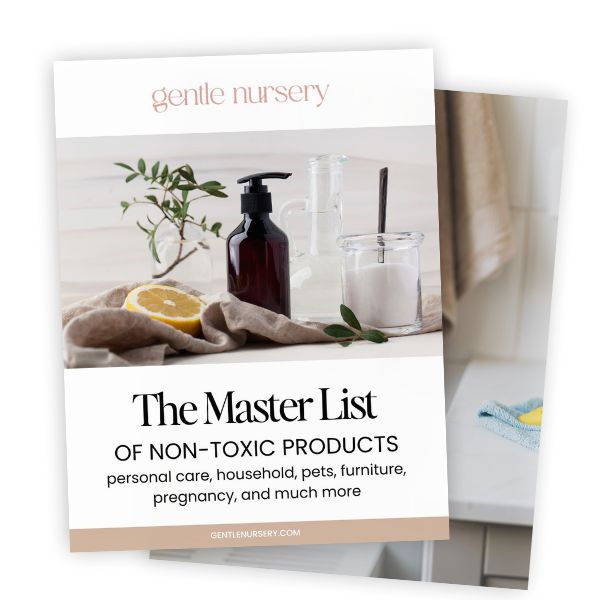
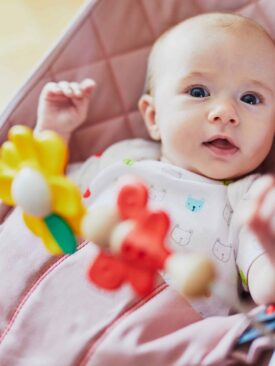
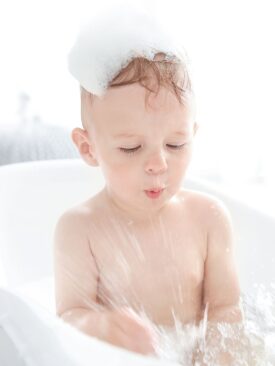
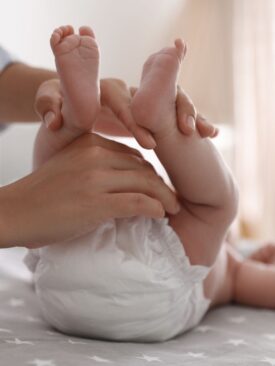
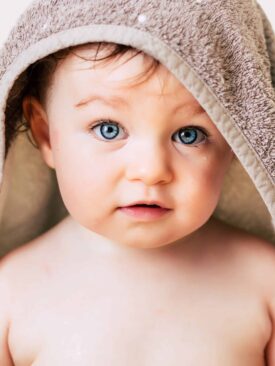
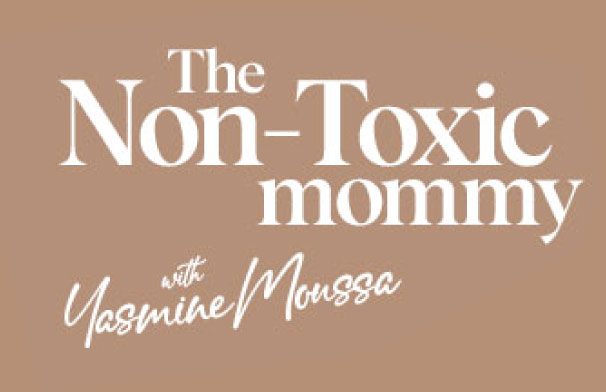


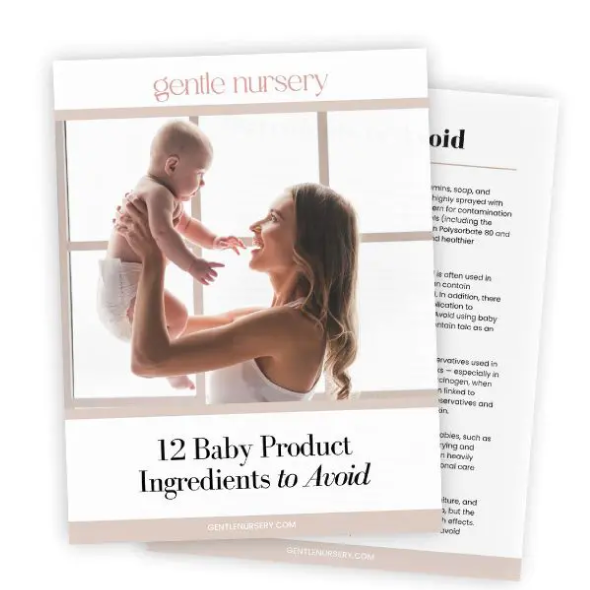
Leave a Reply